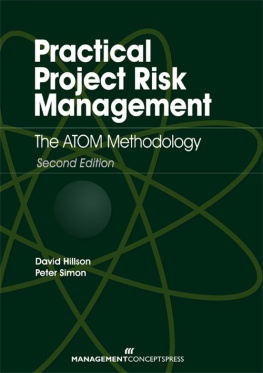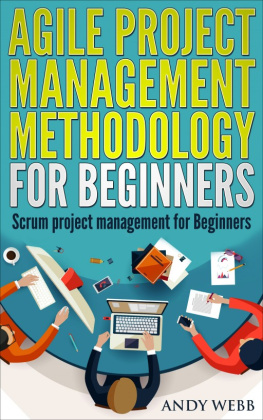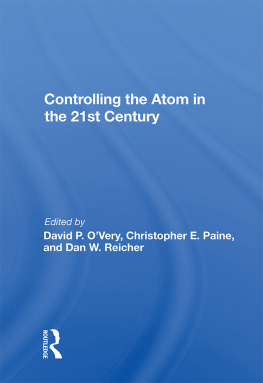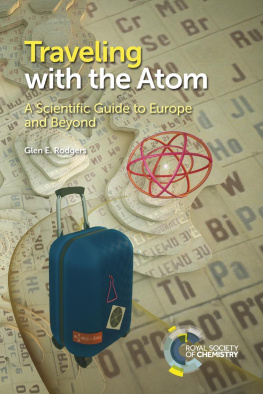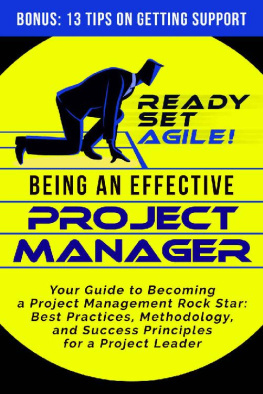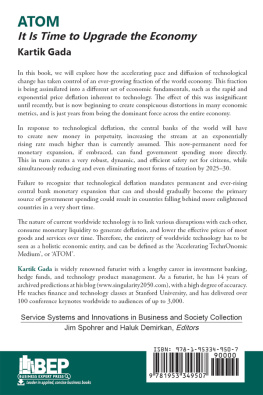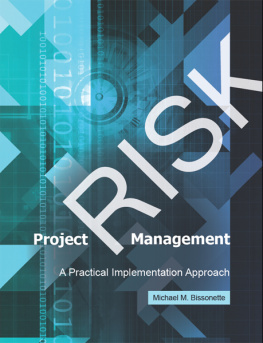David Hillson
Peter Simon


8230 Leesburg Pike, Suite 800
Tysons Corner, Virginia 22182
Phone: 703.790.9595
Fax: 703.790.1371
www.managementconcepts.com
Copyright 2012 by Management Concepts, Inc.
All rights reserved. No part of this book may be reproduced in any form or media without the written permission of the publisher, except for brief quotations in review articles.
Printed in the United States of America
Library of Congress Control Number
2012939561
978-1-56726-366-4
10 9 8 7 6 5 4 3 2 1
ABOUT THE AUTHORS

Dr. David Hillson, PMI Fellow, Hon FAPM, FIRM, FRSA, FCMI, CMgr, is The Risk Doctor. He is an international risk management consultant and director of Risk Doctor & Partners (www.risk-doctor.com). He is recognized globally as a leading thinker and expert practitioner in risk management, and he has made several innovative contributions to the field. He consults, writes, and speaks widely on the topic and has received several awards for his work. Davids consulting, speaking, and writing is shaped by his motto, Understand profoundly so you can explain simply, which ensures that his work represents both sound thinking and practical application.
David has more than 25 years of experience in risk consulting, and he has worked in more than 40 countries, providing support to clients in every major industry sector. Davids input includes strategic direction to organizations facing major risk challenges, as well as tactical advice on achieving value and competitive advantage from effectively managing risk.
David is active in the Project Management Institute (PMI) and received the PMI Project Management Excellence Award (2011), the PMI Fellow Award (2010), and the PMI Distinguished Contribution Award (2002) to recognize his work in developing project risk management. He is also an Honorary Fellow of the UK Association for Project Management (APM), where he has contributed to the risk discipline over many years.
David Hillson is an active Fellow of the Institute of Risk Management (IRM), and he was elected a Fellow of the Royal Society of Arts (RSA) to contribute to its Risk Commission. He is also a Chartered Fellow of the Chartered Management Institute (CMI).
David can be contacted at .
Peter Simon, BSc, PMP, FAPM, has more than 30 years of experience as a project management consultant and practitioner across all industries and business sectors.
In his early career he worked for a variety of organizations across the oil and gas, utilities, and transportation sectors as a project management and project services practitioner and was responsible for all aspects of project planning and control and risk management for projects based in Europe, the United States, and the Middle East.
In his later career he has achieved significant success in building the project management consultancy and training arms of the PM Professional group of companies, in addition to many years as a successful freelance project management consultant and a period as European Technical Director for ESI International. Peter is now a director of Lucidus Consulting Limited (www.lucidusconsulting.com).
Peter was chairman of the UK Association for Project Managements (APM) Risk Management Specific Interest Group for four years and was project manager and managing editor of the APM PRAM Guide, published in October 1997. He is a Fellow of APM, a member of the Project Management Institute (PMI), a Visiting Fellow of Cranfield University School of Management, and lecturer at ESCP Business School in London.
In addition to this book, Peter is coauthor of Starting Out in Project Management, a study guide for APM qualifications.
Peter can be contacted at .
CONTENTS

LIST OF FIGURES
FOREWORD TO THE SECOND EDITION

Businesses today face unparalleled capital project risks. These risks include, for example, ever-changing regulatory requirements, unprecedented financial turbulence, growing technological complexity, and geopolitical upheaval. These types of uncertainties will remain center stage for the foreseeable future.
Increasingly, shareholders are demanding capital project predictability. Consider a recent report from Booz Allen Hamilton that indicated that the majority of energy industry executives:
are dissatisfied with project performance (40% of capital projects experience cost and schedule overruns). This level of dissatisfaction is at its highest ever.
agree that poor project performance is not acceptable when the market expects predictability and strong returns.
accept that they cannot afford to miscalculate project risks, yet they do not have a good grasp on to how to manage them.
How, then, is the project manager (PM) to deliver on project objectives in a climate of increasing uncertainty and escalating shareholder expectations for project predictability?
It is now widely accepted that risk management is as indispensable to project management as project management is to achieving project predictability. So where can PMs find a tried and true risk management process?
Enter Practical Project Risk Management: The ATOM Methodology, second edition, by Dr. David Hillson and Peter Simon. The first edition provided a straightforward, succinct guide for the risk practitioner and PMs alike. The Active Threat and Opportunity Management (ATOM) methodology can be applied to projects of any size and in any industry. It gives practical sense steps to tackle threats and capture opportunities. As a risk practitioner myself, I have found the explanations clear and thorough. Its not hard to tell that Hillson and Simon have had decades of experience at the front lines providing expert coaching and mentoring on risk management.
A number of value-added sections have been added to this second edition. The authors have:
included updates to the material to reflect recent developments in the field of risk management, for example ISO31000;
expanded the envelope of understanding on the importance of the personal aspects of risk management, such as risk attitude and the role of effective facilitation;
added a new chapter detailing the interface between the ATOM process at the project level and the need to manage risk at the program level;
created a new risk response strategy called escalate.
Some of the most useful information for my particular circumstances is found in , Hillson and Simon describe how to customize the ATOM methodology for small and large projects. They compare and contrast each major activity of the process. For example, they explain how the number and depth of risk reviews dramatically increase from small to large projects.

